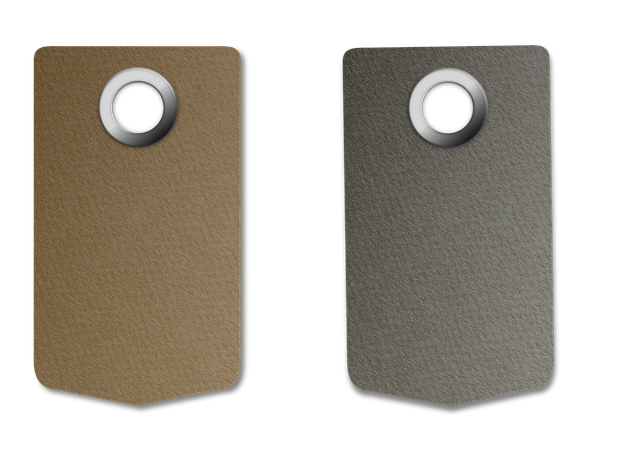Skin tags, small skin growths common on neck, armpits, and body folds, can be removed through various methods. Non-surgical options include over-the-counter treatments with salicylic acid or wax, while professional techniques like cryotherapy and lancing offer more robust removal for larger tags. After successful Skin Tag Removal Liverpool, proper post-care is essential for healing and preventing regrowth.
Tired of unsightly skin tags on your arms and legs? Understanding the causes and types is the first step. This article, tailored for Skin Tag Removal Liverpool seekers, explores non-surgical removal methods – from at-home remedies to professional treatments – for effective results. We also provide post-removal care tips to optimize outcomes and prevent recurrence. Say goodbye to skin tags, Liverpool!
- Understanding Skin Tags: Causes and Types
- Non-Surgical Removal Methods: At-Home and Professional Options
- Post-Removal Care: Tips for Optimizing Results and Preventing Recurrence
Understanding Skin Tags: Causes and Types
Skin tags, also known as acrochordons, are small, soft skin growths that typically appear on the neck, armpits, and body folds. They can also occur on the arms and legs, especially in areas with frequent friction or rubbing. Understanding the causes and types of skin tags is essential when considering effective removal methods, like those offered by Skin Tag Removal Liverpool specialists.
The most common cause of skin tags is skin irritation or friction, which leads to the overgrowth of skin cells. They can be inherited, as certain genetic conditions predispose individuals to developing them. Different types include acral tags, which often appear on the palms and soles, and angular or papular tags, that may form in body folds or creases. Knowing these variations helps when selecting the right removal technique, ensuring safe and effective results without complications.
Non-Surgical Removal Methods: At-Home and Professional Options
Non-Surgical removal methods offer a gentle and effective approach to getting rid of skin tags, especially for those seeking alternatives to surgery. At-home treatments are readily available and often cost-effective. One popular option involves using over-the-counter salicylic acid or cerum and paraffin wax. These products can be applied at home, providing a convenient solution. However, results may vary, and persistent skin tags might require more intensive measures.
For more robust and targeted removal, many opt for professional services, such as those offered in Liverpool. Qualified dermatologists or cosmetologists can perform procedures like cryotherapy (freezing) or lancing, ensuring precise and efficient tag elimination. These methods are especially beneficial for larger or more stubborn skin tags. Skilled professionals can also offer tailored advice on aftercare and prevention, contributing to long-term skin health.
Post-Removal Care: Tips for Optimizing Results and Preventing Recurrence
After successfully removing skin tags, proper post-removal care is essential to achieve optimal results and prevent recurrence. The first step is to keep the treated area clean and dry. Avoid scratching or rubbing the area, as it can irritate the skin and potentially lead to infection. Instead, gently wash the region with mild soap and water, patting it dry without causing any strain. Applying a thin layer of over-the-counter moisturizing cream or ointment can help soothe the skin and reduce any discomfort or itching.
Additionally, consider using topical anti-itch creams or calamine lotion to alleviate any lingering irritation. It’s crucial to protect the area from direct sunlight for a few days post-removal to prevent further inflammation. Using sunscreen when exposed to the sun is recommended. If you reside in Liverpool and have sought professional Skin Tag Removal services, following these aftercare tips can ensure your skin heals smoothly and minimize the chances of skin tags returning.
When it comes to addressing skin tags on your arms or legs in Liverpool, understanding the causes and various removal methods is key. Non-surgical options, both at-home and professional, offer effective solutions with minimal risks. Proper post-removal care ensures optimal results and reduces the chances of recurrence. By choosing the right approach tailored to your needs, you can bid farewell to unsightly skin tags once and for all.
